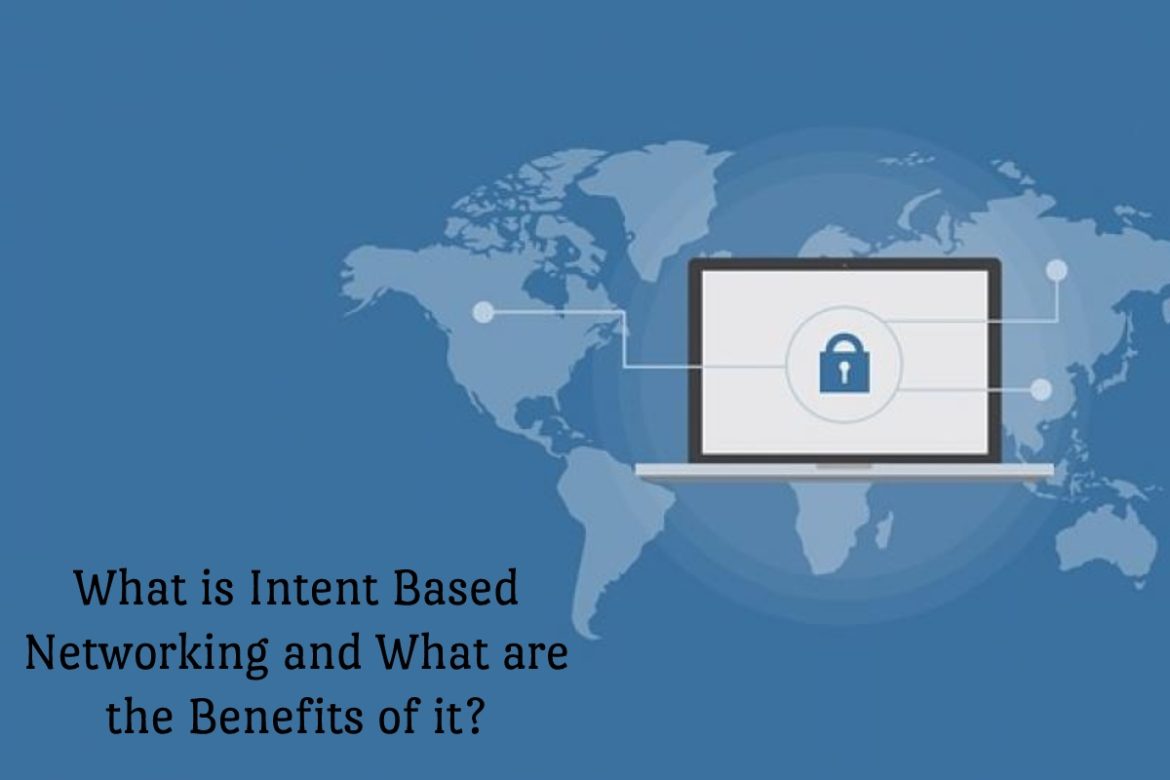Table of Contents
Introduction
One of the most difficult challenges for network managers is the rise in IT costs associated with network operations. The explosion of data and devices is outpacing customer IT capabilities. Up to 95% of network changes are performed manually, implying that operational costs are two to three times the cost of the network
IT automation is critical for businesses to stay competitive in the digital age. Because most vendors lack an automated approach to network management and troubleshooting, IT is forced to perform repetitive and error-prone tasks.
By leveraging intelligence, automation, and human expertise that no other vendor can provide, Intent-Based Networks help customers simplify complexity, optimise IT, and reduce operational costs. This blog will go over it and its advantages.
What is Intent Based Networking?
Intent-based networking (IBN) is a type of network administration that uses AI, network orchestration, and machine learning (ML) to automate administrative tasks across a network. The goal of IBN is to simplify the creation, management, and enforcement of network policies, as well as to reduce the manual labour associated with traditional configuration management. An IBN command might look something like this:
The IBN management application will then automatically determine which devices and routes match the business intent and make the necessary configuration changes.
In many ways, intent-based networking and software-defined networking (SDN) are similar. Both approaches rely on a centralised controller to manage distributed network devices rather than managing each device individually from its own management console. Both approaches are capable of comprehending network configuration and device interaction.
The two approaches differ in how they are addressed at the administrative level. SDN maintains a device-centric view of the network, with commands primarily concerned with how devices should operate, whereas intent-based networking commands are issued from a business standpoint. The primary distinction between intent-based networking and SDN is this second-level abstraction.
Characteristics of IBN
Every intent-based networking system (IBNS) includes the four components listed below:
- Translation and validation: The system can convert a given command or business intent into software actions. Furthermore, it confirms that the intent can be carried out successfully in the first place.
- State awareness: The system will continuously collect and monitor data to reflect the network’s current state.
- Assurance and dynamic optimization/remediation: The system will implement and maintain the desired state of the network using machine learning, taking automated corrective action if necessary. ML empowers the network to analyse, extract, and learn from data in real time.
IBN Advantages
In comparison to traditional networking and even software-defined networking, intent-based networking offers numerous advantages. It can:
Reduce manual tasks: Network administrators are no longer required to configure anything on the network. They simply declare an intent, and the network translates it, validating that the configuration is possible and making the necessary changes to accommodate the desired configuration.
Rapid troubleshooting and problem resolution: Because an intent-based network continuously monitors the network, performance issues are detected quickly. These issues can be quickly resolved with machine learning.
Improve network security: Intent-based networking integrates security features across all aspects of the enterprise network, identifying threats on a continuous basis. Security threats are quickly identified and contained.
Obtain a competitive advantage: Intent-based networking offers optimised analytics that network administrators can use to make better business decisions. Organizations can use these analytics to improve security and network performance while also increasing profits.
Increase agility by transforming: Transforming high-level business objectives into optimal network configurations that support the organization’s goals. This enables the organisation to quickly adapt to new changes and applications without requiring structural changes to the organisation.
Applications of Intent-Based Networking Applications (IBN)
Performance testing: IBN systems can aid in application performance testing.
It can provide high security to the application by utilising AI and ML algorithms.
Web traffic filtering assistance: IBN systems also provide a firewall to the web application, which can help with Internet traffic and also improve security measures.

